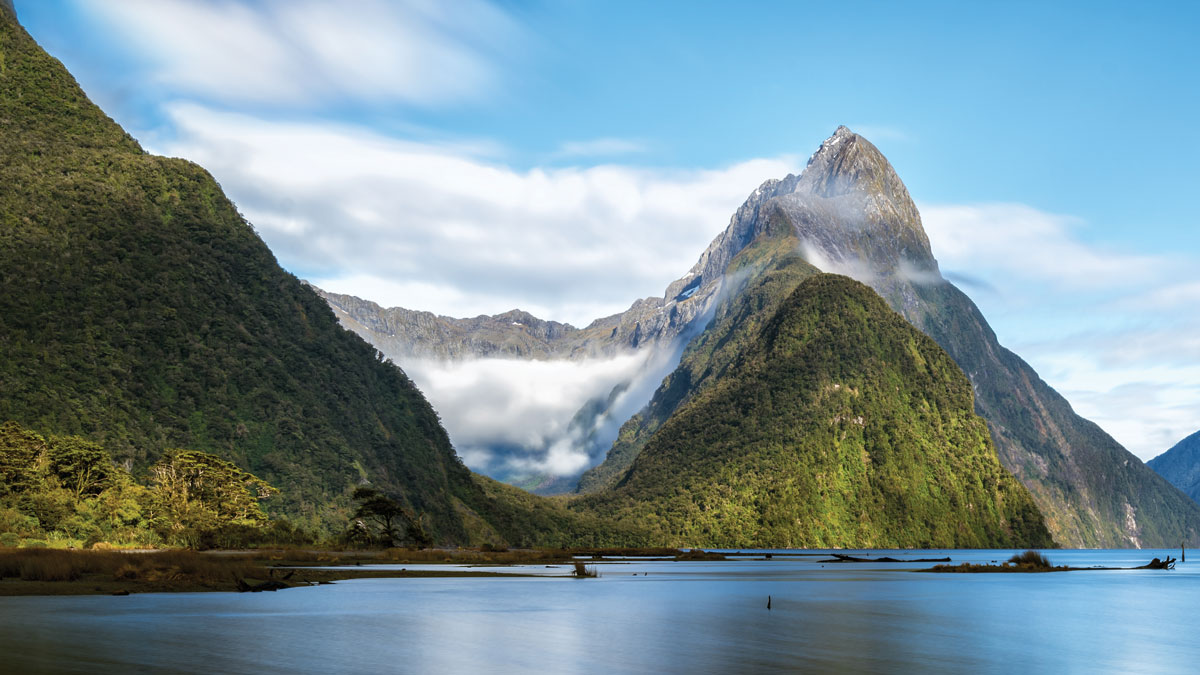Our October issue digs deep into the rich Earth science in and around Aotearoa New Zealand.
AGU News
Adapting to Change in the Educational Landscape
Individual faculty and students, departments and programs, and the enterprise of STEM education as a whole face challenges to success. Our September issue points the way toward solutions.
Navigating the Maze
It’s a great big world of opportunity out there, and our annual career issue highlights how some scientists have found their way.
Navigating the Rapid Rivers of Policy
Scientific data and shared commitments help define new approaches to water management and science communication.
Charting New Territory
From the abyss of the Antarctic to proxy lunar landscapes in Arizona, fieldwork gives Earth and space scientists insight and experience.
Perceiving Risk
“Risk” means different things to different people, and effective science communication must recognize and respect that.
Total Eclipse of the Sun
Things are looking up as millions of North Americans prepare to be dazzled by a celestial spectacle.
States of Mind
Regional programs offer models of success in science education and policy.
A Closer Look-Sea at the Ocean’s Carbon Cycle
In the February issue of Eos, we dive deep to better understand opportunities, challenges, and ongoing mysteries posed by carbon’s role in marine environments.










